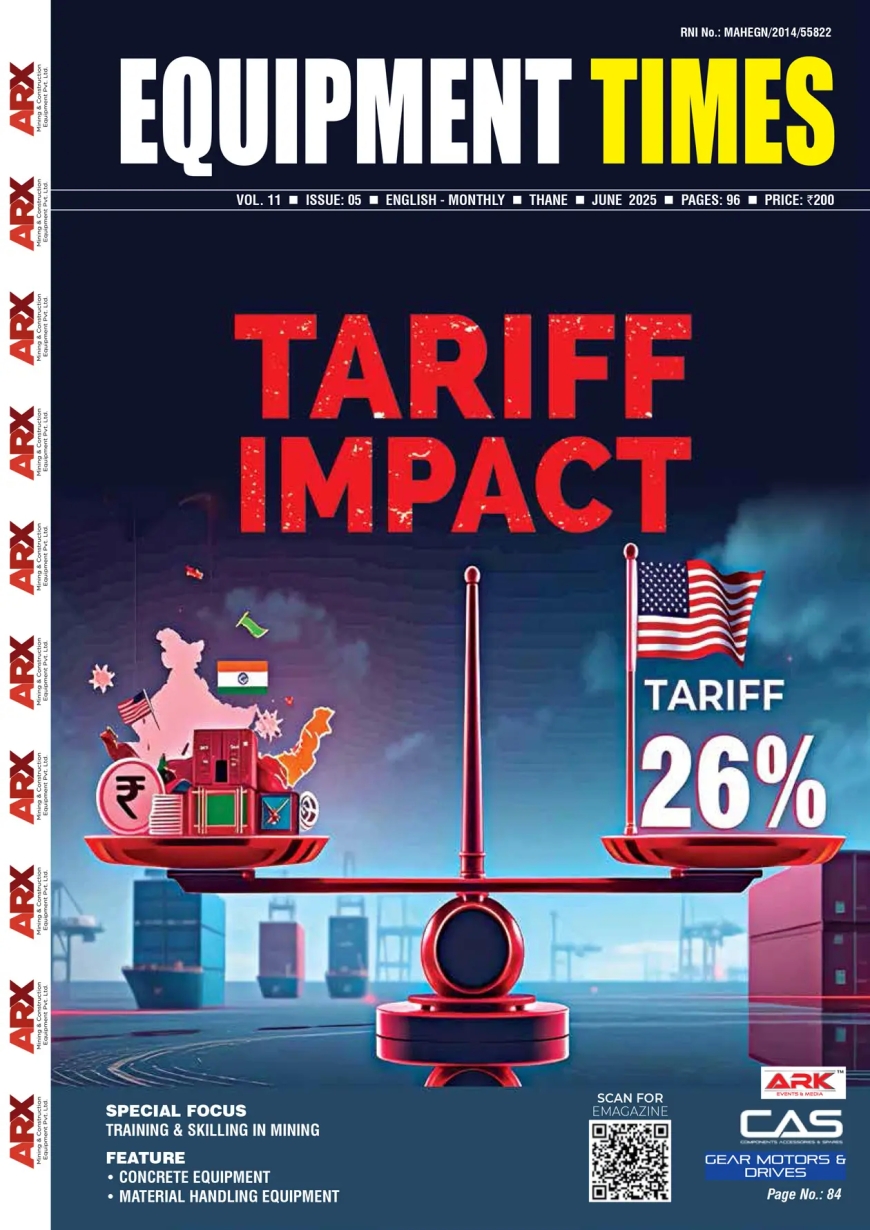SMART MINING REVOLUTIONISING THE FUTURE OF THE INDUSTRY
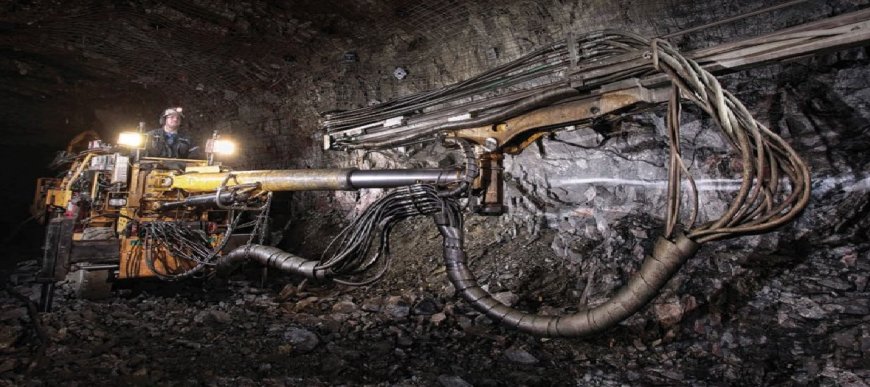
As the global mining sector evolves, the integration of advanced technologies has become paramount in driving efficiency, safety, and sustainability. In India, the concept of "Smart Mining" is gaining momentum, representing a paradigm shift in how resources are extracted, processed, and managed.
Equipment Times explores the innovative technologies reshaping the mining landscape, the challenges and opportunities they present, and how they are paving the way for a more sustainable future.
The Indian mining sector is a crucial part of the country’s economy, contributing significantly to GDP, employment, and industrial development. Currently, the mining industry contributes around 2.5% to India's GDP and provides direct and indirect employment to millions. Key minerals such as coal, iron ore, bauxite, copper, and limestone are essential for various industries, including steel, cement, and energy.
India is the second-largest producer and consumer of coal in the world, which plays a vital role in power generation. Additionally, the country is one of the largest producers of iron ore, primarily used in steel manufacturing. While not as abundant, minerals like gold and copper are gaining importance in the mining sector, and significant bauxite reserves contribute to a strong aluminum industry.
The regulatory framework governing mining operations in India is primarily outlined in the Mines and Minerals (Development and Regulation) Act. Recent reforms aim to enhance transparency and promote private investment, including the auctioning of mineral blocks. However, the sector faces several challenges, such as environmental concerns, land acquisition issues, and infrastructure development. Mining activities can lead to deforestation, water pollution, and habitat destruction, prompting stricter regulations to mitigate these impacts. Securing land for mining projects often results in conflicts with local communities and legal hurdles, while poor infrastructure in remote areas can hinder operational efficiency and increase costs.
Technological advancements are becoming increasingly important in the industry, with the adoption of automation, remote sensing, and advanced machinery for mineral extraction. Digital technologies are improving operational processes, enhancing productivity, and reducing environmental footprints. Alongside these advancements, there is a growing emphasis on sustainable mining practices, including the rehabilitation of mined areas and the use of renewable energy sources. Companies are also adopting Corporate Social Responsibility (CSR) initiatives to contribute positively to local communities.
Looking ahead, the Indian mining sector is expected to grow due to increasing demand for minerals from various industries. Government initiatives aimed at boosting the sector, such as the National Mineral Policy, are likely to drive investments and innovations. Overall, the Indian mining scenario presents both opportunities and challenges. With a focus on sustainable practices, technological advancements, and regulatory reforms, the sector can play a vital role in supporting India’s economic growth and meeting the rising demand for minerals.
Smart Mining
Smart Mining refers to the application of digital technologies to enhance mining operations. It encompasses automation, data analytics, artificial intelligence (AI), the Internet of Things (IoT), and machine learning to create a more interconnected and efficient mining ecosystem. By leveraging these technologies, companies can optimize their operations, reduce costs, and improve safety standards, thus addressing some of the industry's long-standing challenges.
Key Technologies Driving Smart Mining
Automation and Robotics: The adoption of autonomous vehicles and drones in mining operations has revolutionized the sector. These technologies reduce human exposure to hazardous environments, streamline processes, and enhance operational efficiency. Autonomous haulage systems can transport materials without human intervention, optimizing logistics & reducing delays.
Data Analytics and AI: With the ability to collect vast amounts of data from various operations, data analytics and AI play a crucial role in decision-making. Predictive maintenance, driven by machine learning algorithms, allows operators to foresee equipment failures before they occur, minimizing downtime and maintenance costs.
IoT Integration: The integration of IoT devices facilitates real-time monitoring of equipment, environmental conditions, and safety protocols. Sensors embedded in machinery can transmit data to central systems, enabling immediate responses to potential issues and enhancing operational visibility.
Remote Operations: The rise of remote mining operations allows companies to manage and monitor activities from anywhere in the world. This not only enhances operational efficiency but also ensures that skilled workers are not exposed to dangerous environments unnecessarily.
Challenges in Implementing Smart Mining: While the benefits of Smart Mining are significant, there are challenges that companies must navigate:
High Initial Costs: The investment required for advanced technologies can be substantial. Many companies, especially smaller ones, may find it challenging to justify these costs against potential gains.
Skills Gap: The shift towards digital mining necessitates a workforce skilled in technology and data analysis. Upskilling existing employees or hiring new talent presents an ongoing challenge for the industry.
Data Security: As mining companies become more reliant on digital technologies, the risk of cyber threats increases. Ensuring the security of sensitive data is paramount for sustaining trust and operational integrity.
Sustainability and Environmental Impact
One of the most significant advantages of Smart Mining is its potential to improve sustainability. By optimizing resource use, minimizing waste, and reducing emissions, technology-driven mining practices can lead to more environmentally responsible operations. For instance, advanced monitoring systems can detect leaks or emissions in real-time, allowing for prompt corrective actions.
Moreover, many companies are now incorporating renewable energy sources, such as solar and wind power, into their operations, further reducing their carbon footprint. The trend towards circular mining practices—where waste materials are repurposed—also aligns with the goals of sustainable development.
Case Studies: Pioneers in Smart Mining
Several companies are leading the way in implementing Smart Mining technologies:
Rio Tinto: This global mining giant has pioneered the use of autonomous trucks and drones in its operations, significantly increasing productivity while reducing
safety risks.
BHP: By employing data analytics and machine learning, BHP has optimized its supply chain, resulting in substantial cost savings and efficiency improvements.
Vedanta: In India, Vedanta has embraced IoT and AI to enhance operational visibility and safety in its mining sites, demonstrating the transformative potential of technology in local contexts.
Future of Smart Mining
As we look to the future, Smart Mining is set to redefine the industry landscape. The convergence of technology, sustainability, and operational efficiency will enable mining companies to navigate the complexities of the modern world while meeting the growing demand for resources.
In Mumbai and beyond, stakeholders across the mining ecosystem—governments, companies, and communities—must collaborate to harness the full potential of Smart Mining. By embracing innovation, the mining sector can not only enhance productivity and profitability but also contribute to a more sustainable and responsible future for generations to come.
Leaders speak…
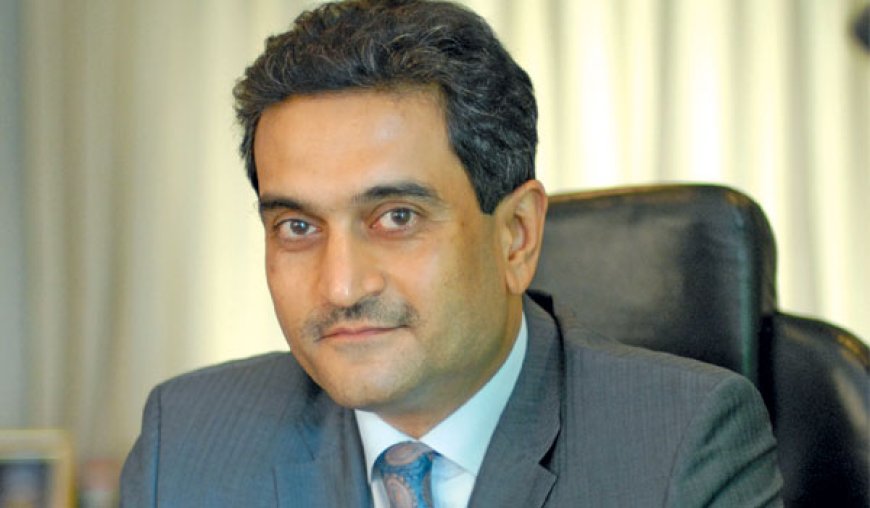
Prayasvin Patel, Chairman & Managing Director, Elecon Group of Companies, said, “As we all know well and I perceive there will be coal demand for the next 2 to 3 decades since dependency of the Power sector on coal is huge. It is also felt that the high cost of environmental and land acquisition issues will encourage more underground mines. This is also evident from the Coal India Limited’s ambitious target to increase the underground production from 4% to 10%. We feel that the Underground mining equipment market will be dominated by the manufacturers, who are having one stop solutions for all the customer needs. Well we have in Eimco Elecon a major stake of products serving coal segment underground mining equipment’s and we have adopted with agility the new technological changes and are ready with full bouquet of blast free continuous miner technology. Consistent high metal prices and more participation of the private players in mining has boosted the growth of the underground mining equipment in the hard rock sector also. We are also growing rapidly our product lines in this segment.”

Kalpesh Desai, Managing Director, Gefran India, said, “The mining equipment market is currently going through a fast-evolving time period, being under the influence of various key trends. One of the more significant refers to the increasing use of advanced technologies such as automation and digitalization. Mining companies are investing in automation solutions to improve the efficiency in operations and to reduce costs. Following close, the use of smart sensors has also grown, where Gefran provides a wide portfolio for pressure and position measurement. Namely, Gefran’s TWIIST for multivariable linear position in CAN Open, and the KMC pressure transducer in CAN Open Safety SIL2 PLd, which allow real time monitoring of equipment and operations. In addition, there is a growing focus on environmental sustainability. Stricter regulations and social expectations are pushing companies to implement greener practices.”

Rajiv Poddar, Joint Managing Director, Balkrishna Industries (BKT), said, “The mining tire market is witnessing a notable shift towards radialization. Radial tires, known for their superior durability and performance, are becoming increasingly popular due to their ability to handle the harsh and demanding conditions of mining operations. The radial design, with its layers of steel belts running perpendicular to the direction of travel, provides enhanced strength and flexibility, resulting in better load distribution and improved resistance to wear and tear.
This trend towards radialization is driven by the need for tires that offer extended service life and greater reliability in extreme environments. Radial tires are particularly valued for their ability to support heavy loads while maintaining better fuel efficiency and offering a smoother ride compared to bias-ply tires. This makes them ideal for the rigorous demands of mining equipment, where tire performance directly impacts operational efficiency and cost-effectiveness.”
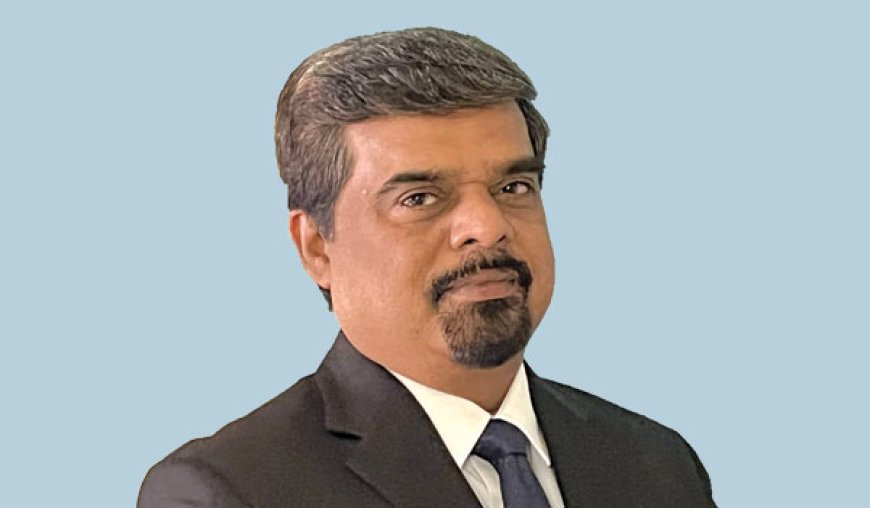
Venkatesan Punniyamurthy, Head - Mining Capital Sales, Greater India region, FLSmidth, said, “Globally, while prominent metals like gold and copper continue to show strong market fundamentals, we are seeing a decline in prices for some other metals, such as iron ore and lithium. When prices drop, this can lead to reduced capital expenditure (capex) investments worldwide, as companies aim to do more with less through cost and operational optimization. This capex pressure could persist for a year or two. However, in the long term, the demand for metals will remain high, driven by the green transition and infrastructure development in emerging economies. In the Indian context, our per capita consumption of steel, cement, and other materials is still far below that of the Western world. This suggests that India has significant room for growth. Domestic demand will be a key driver in the coming years, particularly in sectors like infrastructure, affordable housing, airports, ports, and more, all of which will require substantial amounts of metal. Additionally, energy needs in India are significant. Currently, we generate 60% of our required energy, and with the government’s target of achieving 50% renewable energy, metals like aluminum and copper will be crucial for transmission and distribution.”

Jeffrey Zuidgeest, Regional Director, BU Components, Hyva India, said, “The mining equipment market in India is being shaped by trends like increased automation, digitization, and a shift towards sustainable mining practices. Surface mining is expanding, particularly for coal and iron ore, while productivity-enhancing and cost-efficient equipment is in high demand to meet growing operational challenges. Additionally, private investments and policy reforms, including 100% FDI, are fostering technological advancements and driving growth, particularly in sectors like coal and rare earth elements, positioning the industry for future development. Hyva differentiates itself in the mining machinery sector through a combination of innovation, reliability, and customer-centric solutions. Alongside our innovative DTS Guide we continuously invest in developing products that meet evolving customer needs, such as our U-shaped and exhaust heated Tipper Bodies.”

Amit Randive, Business Line Manager - Digital Solutions Division, Epiroc Mining India, said, “Epiroc prides itself on innovation, which is ingrained in its DNA. Despite being a 152-year-old company, Epiroc operates like a startup, continuously driving industrial transformation. The company consistently invests in R&D, while also growing through acquisitions. In India, Epiroc’s global R&D Centre, the Epiroc Innovation and Technology Centre in Bengaluru, supports worldwide research requirements. Many of the technologies Epiroc brings to the industry are pioneering innova Sustainability is a core value for Epiroc, and the company aligns its internal targets with the Paris Agreement for sustainability and CO2 neutrality. Epiroc ensures that its operations, transport, and product use are conducted sustainably. Epiroc provides ESG dashboards and control towers, enabling customers to monitor their sustainability objectives closely. By combining environmental stewardship with cutting-edge technology, Epiroc helps customers meet both their business and sustainability goals.tions, making the company a preferred partner for customers due to its focus on sustainability and cutting-edge solutions.”

Tarique Salman, Segment Manager – Specialty Excavation, Vermeer India, said, “Vermeer surface miners are helping miners create better sustainability practices. Major environmental concerns are the noise levels, air quality, traffic congestion and the impact a major construction or mining project would have on the neighborhood. Traditional excavation methods like rock breakers, excavators, as well as drilling and blasting methods, could create too much disturbance to surrounding ecosystem, hence one must utilize innovative equipment for excavation. The Vermeer Terrain Leveler SEM can be the right machine for these jobs as it is a precision rock excavating machine that is much quieter and produces less vibration than other methods.”
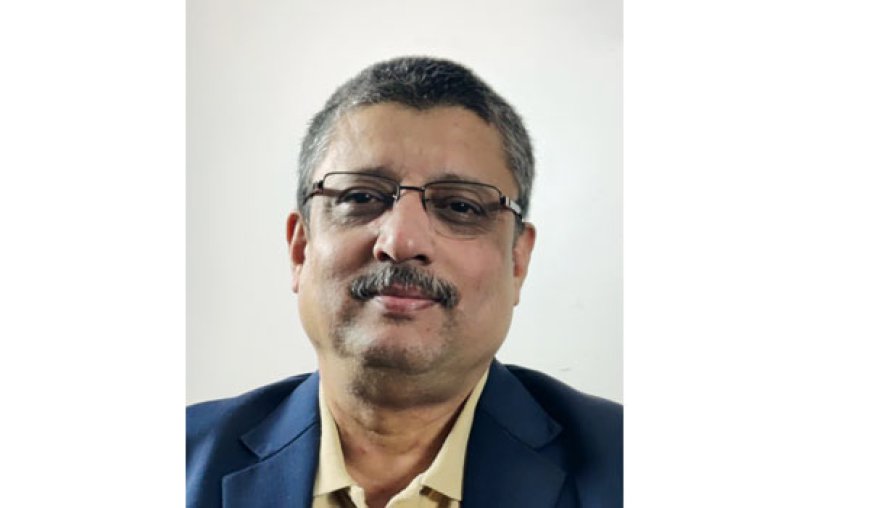
Apurba Chakraborty, Vice President and Head Domestic Channel Business, Groz Tools, said, “Groz is not a sole mining equipment, speciality product innovator/ equipment manufacturer. We are a multi-speciality, multi-functional and multi user-based equipment manufacturer and supplier across, more than 84 countries as of now. However, being a leading manufacturer and supplier to the worldwide markets, we specialise in many key/ core industries. Mining is one of our key focus areas too. Our offer to the Indian based customer is new technologically upgraded and innovating product lines, which are already in use by developed countries like USA, Europe, Japan ECT. I am sure that Indian mining-based customers, will have the opportunity to see and use products, like what Groz manufactures, different from other Indian based companies!”

Vinay Kumar, Director (Technical) and (Production & Personnel, Addl. Charge), NMDC, said, “India's mining sector is on the cusp of a revolutionary transformation, driven by an unprecedented surge in demand for essential minerals like iron ore, coal, and bauxite. This surge is fueled by the nation's ambitious infrastructure development and industrial growth, unlocking unprecedented opportunities for expansion. The recent Union Budget 2024 has further electrified the sector, with a strong emphasis on self-reliance in critical minerals like lithium and rare earth elements. As the government strives to reduce import dependence and boost domestic production, the sector is primed for a significant leap forward.”

Bhavesh Dholu, Director, P C Patel Infra, said, “Mining is a sector which is always going to keep on running. Without mining, no industry is going to run. So, the demand for mining is always going to be high. In the next 5-10 years, atomic minerals are going to keep the pace and demand. Coal mining is already on its peak. So, in the next 5 – 10 years, atomic and seabed minerals are going to be in the huge demand. IoT and smart mining is already in our trail phase for implementation by us and we have been monitoring our operations with the help of these technologies. On AI, we had conducted a research and study and we has also exhibited wherein unmanned machines like trucks are used in our operations. These trucks are managing operations like loading and unloading. But for these technologies, we need 5G technologies near the mining space.”

Shuvarthy Chowdhury, MMPL AGM Planning, Maheshwaree Mining, said, “With the evolution in mining industry, the integration of smart technologies is bringing revolution in operations across the nations. At Maheshwari Mining, we are matching the footprints with this wave of transformation, introducing "Smart Mining" practices to enhance productivity, safety, and sustainability in our underground coal and metal mining projects across India. Our commitment to innovation is evident in our projects across the nation, including Baroi HZL in Rajasthan, the Malanjkhand Copper Project in Madhya Pradesh, Kolihan Copper Project in Rajasthan, and Sukinda and Mahagiri Mines of Indian Metals and Ferro Alloys Ltd in Odisha. Maheshwari Mining is embracing the future of mining through smart technologies and sustainable practices. Our efforts in automation, digitalization, and AI are driving significant advancements in productivity, safety, and environmental responsibility. As we continue to innovate and expand, we remain dedicated to leading the industry towards a more efficient and sustainable future.”

Rachit Mishra, DGM & Head – Brand Marketing & Communication, CJ Darcl Logistics, said, “The logistics of mining equipment is evolving due to several key trends. Infrastructure development, including upgrades to transport corridors, ports, and railways, is enhancing efficiency and reducing costs. However, capacity constraints and infrastructure bottlenecks continue to challenge the industry. Sustainability is increasingly important, with companies adopting eco-friendly practices like route optimization and alternative fuels to meet regulatory requirements. Multimodal transportation strategies, integrating road, rail, air, and waterways, are improving operational efficiency and cost-effectiveness. Navigating complex regulations and obtaining necessary permits remain significant hurdles, leading to potential delays and higher costs. Additionally, technological advancements, such as simulation software and advanced tracking systems, are providing deeper insights and improving logistics management. These trends are collectively shaping a more efficient and sustainable future for mining equipment logistics.”








